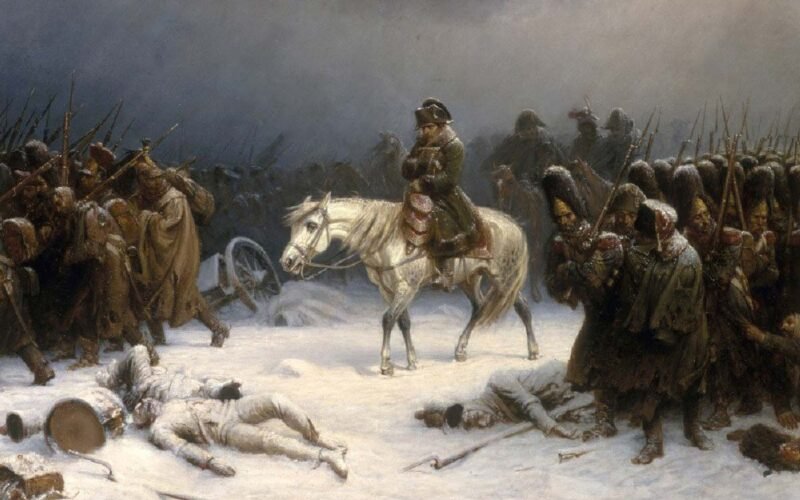✨ Explore this awesome post from Hacker News 📖
📂 Category:
💡 Here’s what you’ll learn:
Napoleon’s march on Moscow remains one of history’s most catastrophic military retreats. As his army withdrew, tens of thousands perished. But what killed them?
There was hunger and cold, but also a mysterious illness that was long thought to be typhus.
Now, more than two centuries later, DNA from the soldiers’ teeth is rewriting that history, suggesting the answer instead could be bacteria that cause enteric and relapsing fevers.
“It’s very exciting to use a technology we have today, to detect and diagnose something that was buried for 200 years,” said Dr Nicolás Rascovan of the Institut Pasteur in France, who led the new study.
What caused the Napoleonic defeat?
In June 1812, Napoleon invaded Russia with an army of around half a million men – then the largest force ever assembled for a single campaign. By September, his troops reached Moscow without defeating the Russian army, only to find the city deserted and deliberately burned.
With no decisive victory or peace proposal in sight and winter closing in, Napoleon ordered a retreat five weeks later, one that would see his army decimated by cold, hunger and disease.
Historians have long debated which pathogens contributed to this catastrophe. Contemporary accounts by doctors and army officers blamed typhus – a louse-borne infection common among soldiers at the time – and the discovery of body lice plus DNA on soldiers’ remains bolstered this assumption.
To investigate whether typhus was really to blame, Rascovan and his team sequenced DNA from the teeth of 13 soldiers buried in a mass grave in Lithuania using next-generation DNA sequencing. This new technology is capable of revealing more from ancient genetic material than older sequencing methods could.
“In most ancient human remains, pathogen DNA is extremely fragmented and only present in very low quantities, which makes it very difficult to obtain whole genomes,” Rascovan explained. “So, we need methods capable of unambiguously identifying infectious agents from these weak signals.”

Which microscopic enemies brought down Napoleon?
Rather than the typhus pathogen, the team found traces of Salmonella enterica and Borrelia recurrentis, both of which can trigger symptoms such as high fever, fatigue and digestive problems.
Salmonella enterica is a bacterium that causes enteric or paratyphoid fever and is acquired by ingesting contaminated food or water.
Borrelia recurrentis is a bacterium that causes relapsing fever, which is transmitted by body lice.
Although it is impossible to determine the extent to which these pathogens contributed to the army’s demise, their simultaneous presence may have contributed to the soldiers’ worsening state, alongside exhaustion, extreme cold and hunger. The research was published in Current Biology.
“This shows the power of ancient DNA technology to uncover the history of infectious diseases that we wouldn’t be able to reconstruct with modern samples,” Rascovan said.
“[It] helps us to understand how infectious diseases evolved, spread and disappeared over time, and to identify the social or environmental contexts that played a part in these developments. This information provides us with valuable insights to better understand and tackle infectious diseases today.”
💬 Share your opinion below!
#️⃣ #DNA #reveals #real #killers #brought #Napoleons #army
🕒 Posted on 1761404678

